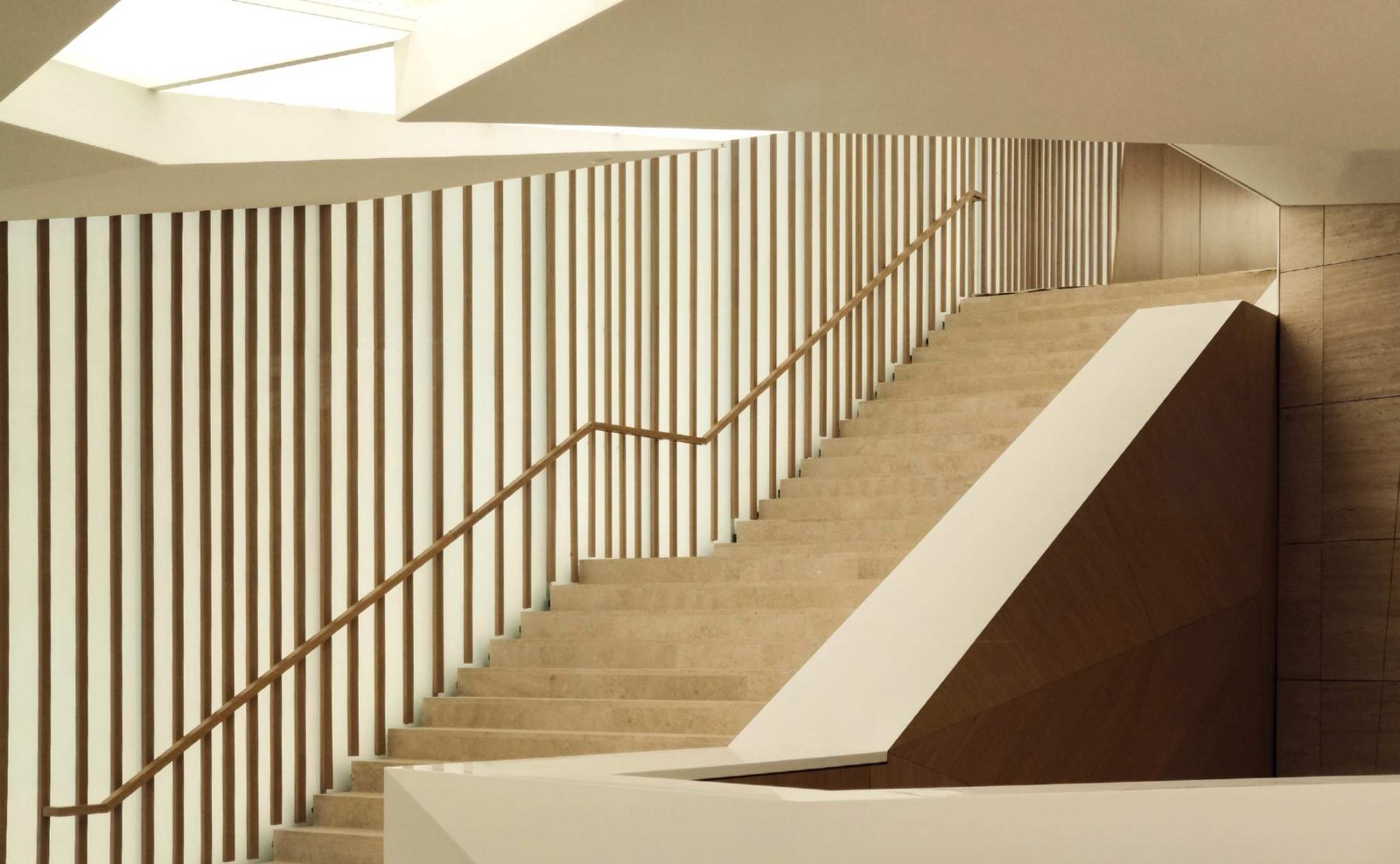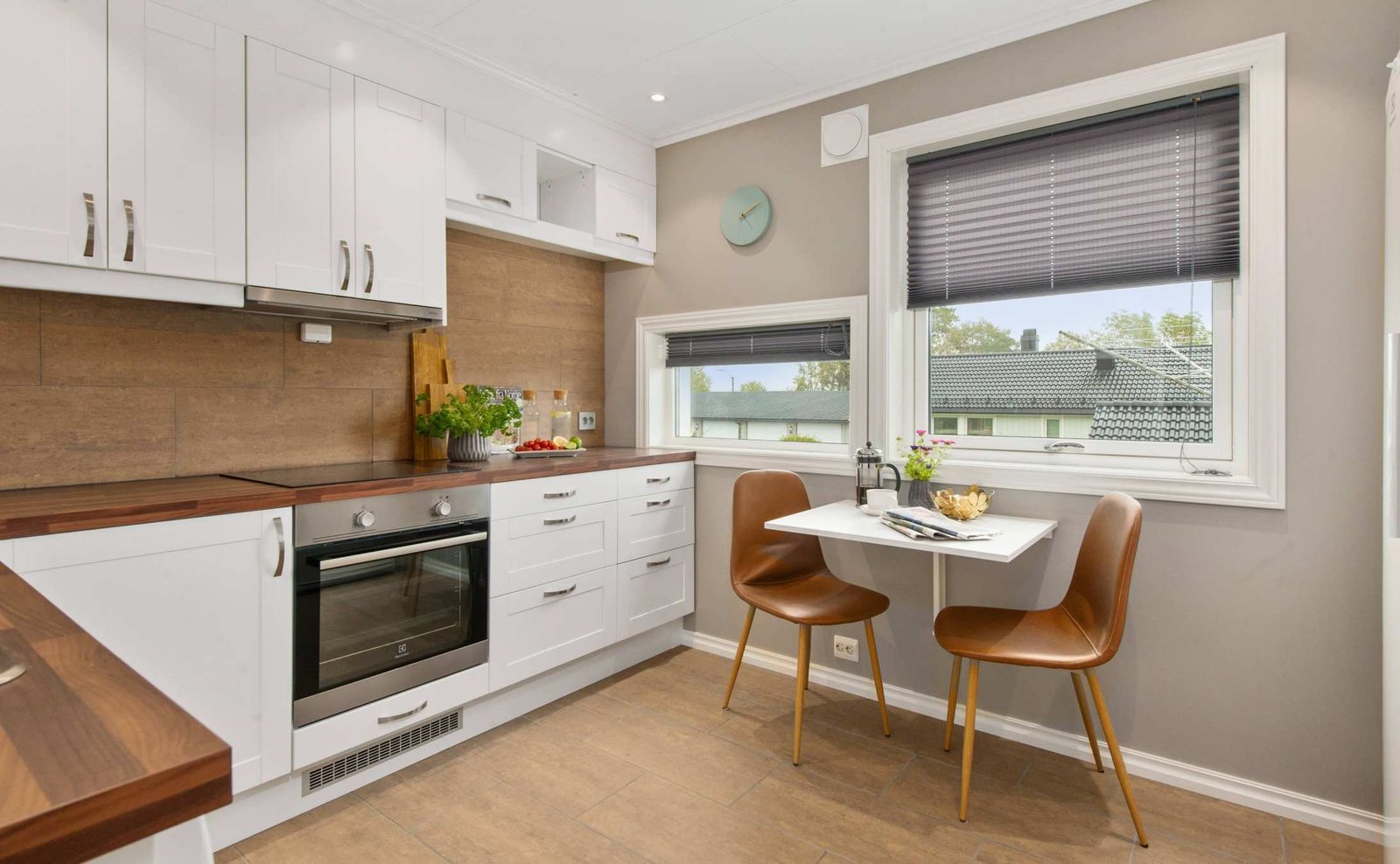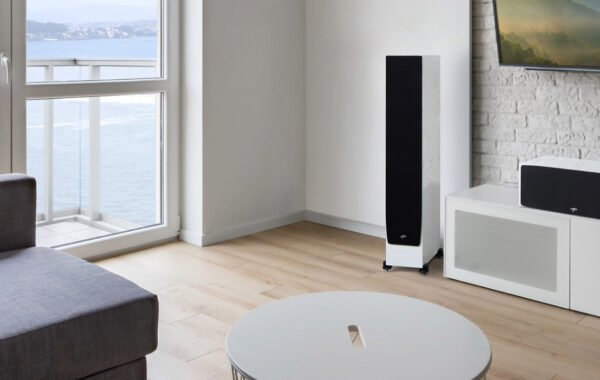
Home Theater Acoustics Zero vs Partial vs Full Interiors
Home Theater Acoustics Basics – Zero vs Partial vs Full Acoustic Wall Panel Design
The way Acoustical Wall Panel design is done and treated can make or break a home theater.
Acoustical Wall Panel design is among the most crucial components of a high-end home theater since so much of the acoustics, audio quality, and viewing experience depends on whether you’ve got the interiors right.
Acoustical Wall Panel design can also be notoriously tricky to complete, since the type of interiors depends on the requirements of the home theater space, the desired acoustics and audio quality, the overall layout of the room, and much more.
Therefore, deciding on the type of interior treatment that’s best for your home theater can be a challenging task.
To help with your decision, here’s a quick primer on the types of interior treatments available for home theaters, followed by a comparison and the basics of what goes into acoustically treating a home theater room.
Types of interior treatments for a home theater – Zero vs Partial vs Full treatment
There are broadly three different types of interior treatments you can choose for your home theater.
H3: Zero interior treatment
Zero interior treatment is basically an untreated room. Such an arrangement will only involve putting in audio and video equipment, without elevating the interiors to optimize acoustics and lighting.
Zero treatment is best for when you’re introducing audio equipment into a room that’s already being used for something else such as a living room. This type of treatment is for when the room can’t be altered structurally or aesthetically, and the only way forward is to leave the space as it is.
While zero treatment is an option, it is generally not recommended for a home theater as good interiors are crucial for high-quality acoustics and an untreated room ends up having echoes and other distractions.
To fix acoustic issues in an untreated room you can put in furniture, sofas, cushioning, curtains, rugs, and other accessories, to help absorb the sound and prevent echoes.
Partial interior treatment
Partial interior treatment is a budget-friendly option for your home theater. This is when a room’s interiors are treated partially after the appropriate sound testing and spatial measurements.
In this case, acoustic treatment is completed only where required while keeping the aesthetics of the room in mind.
In general, partial acoustic treatment of a home theater is about 20% cheaper than full interior treatment. The reason is that partial treatment requires far less labor and fewer materials than full treatment. This also makes partial treatment quicker to finish and less dependent on third parties.
For example, full interiors typically require a carpentry team to create custom wood paneling but for partial treatment the home theater design team can simply purchase panels and put them up with minimal labor requirements.
While partial interiors come at a lower cost than fully treated interiors, that doesn’t imply a dip in acoustic quality. The majority of recording studios are partially treated and still boast high-end acoustics.
Hence partially treated interiors are a good option to balance cost with quality and speed of completion.
Full interior treatment
If you’d like to give your home theater the feel of a proper multiplex, then full acoustic interior treatment is your best option.
When conducting full interior treatment, the home theater design team will optimize every portion of the home theater’s interiors for superior acoustics while also elevating the aesthetics of the home theater to give it a polished finish.
Full Acoustical Wall Panel design is more labor-intensive, expensive, and time-consuming than the other two options. However, the results speak for themselves.
For a real-life example of what full treatment looks like, read about one of our favorite home theater projects.
Zero vs Partial vs Full interior treatment – Which to choose for your home theater
Here’s a high-level comparison of the three different types of interior treatment to help you make the right decision for your home theater.
| Key Factors | Zero treatment | Full treatment | Partial treatment |
| Cost | Zero cost | High cost | 20% less than full treatment |
| Time | Zero time taken | Weeks to months | Less than a month |
| Acoustics quality | Low quality | Multiplex-grade acoustics | Acoustics equivalent to a recording studio |
| Labour | Zero | Labour-intensive | Minimal labour dependencies |
| Aesthetics | No change | Polished aesthetics | Minimal aesthetics |
Home theater interior basics – What goes into interior treatment?
At a basic level, here’s what goes into finishing the interiors of a home theater.
- 4” – 6” concrete walls are a necessity as they improve acoustics and help with overall soundproofing.
- Reflective surfaces such as glass and bare walls are covered with paneling or fabric to reduce echoes and sound distortion. If windows are present, they will be covered with thick curtains.
- A proportionate room shape and size are key to enhancing sound quality. Rectangular rooms with a 1.6:1.0 dimension ratio are ideal, as the room symmetry helps ensure balanced sound distribution while avoiding lopsided sound that’s uneven across the home theater room.
- Acoustic treatments such as bass traps, diffusers, and absorbers are integrated into the home theater interiors to help manage sound reflection, standing waves, and flutter echoes. They also enhance clarity and ensure full immersion.
- Treating home theater interiors also involves treating the floor, walls, and ceiling. These components are covered in carpets or finished in fabric to further improve home theater acoustics.
Get the right interiors for your home theater
Acoustical Wall Panel design is crucial to ensuring that your home theater has the acoustics needed to recreate a high-end viewing and listening experience. It’s also important to keep in mind that out of your home theater budget, nearly 35-50% will inevitably go into building the home theater’s interiors.
Hence getting the interiors just right is crucial, and without the appropriate interior treatment a home theater might as well be just a room with some audio equipment.
To learn more about which type of Acoustical Wall Panel design is best for you, get in touch with our team of design consultants today.







